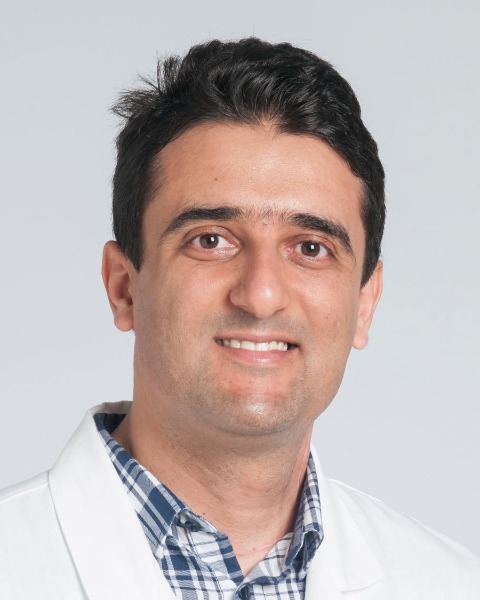Spine
Surgical management of upper cervical spine trauma: monocentric experience
Surgical Management of Upper Cervical Spine Trauma: Monocentric Experience

Atef Ben Nsir, Associate Professor
Associate Professor
Neurosurgery department, Fattouma Bourguiba Hospital of Monastir, Tunisia
MONASTIR, TN
Presenting Author(s)
Introduction: Upper cervical spine injuries, accounting for approximately 22% of cervical spine trauma, are becoming more common. The aim of our study is to assess the outcomes of our surgical series and compare them with findings reported in the literature
Methods: In this monocentric retrospective study conducted over a thirteen-year period (June 2011–January 2024), all patients with traumatic upper cervical spine injuries who underwent surgical treatment and had a minimum follow-up of 6 months were included.
Results: Thirty-three patients were included in the study, with a male predominance (male-to-female ratio of 1.3:1). The average age was 39 years, with a majority of young patients. The two main causes of injury were falls (48.48%) and road traffic accidents (45.45%). Clinically, cervical pain was present in all patients, with eight (24.24%) also exhibiting motor deficits. Odontoid fractures were identified in 30 patients, with 36.6% classified as Anderson Type II and 36.6% as Type III, frequently associated with C1 fractures (51.51%) and C1-C2 dislocations (33.33%).
Surgical treatment involved C1-C2 sublaminar hook placement in 10 patients, while 22 patients underwent occipitocervical fixation (31% with C0-C3-C4 fixation, 27% with C0-C2-C3 fixation, and 22% with C0-C1-C2 fixation). No anterior screw placement or approaches were used. The outcome was favorable in 29 cases, fair in 1 case, and 3 patients with severe initial injury (Glasgow Coma Scale score < 8) unfortunately passed away.
Conclusion : This brief series demonstrates the effectiveness of surgical treatment for managing traumatic injuries of the upper cervical spine, showing notable pain relief with a low risk of surgical morbidity and mortality.
Methods: In this monocentric retrospective study conducted over a thirteen-year period (June 2011–January 2024), all patients with traumatic upper cervical spine injuries who underwent surgical treatment and had a minimum follow-up of 6 months were included.
Results: Thirty-three patients were included in the study, with a male predominance (male-to-female ratio of 1.3:1). The average age was 39 years, with a majority of young patients. The two main causes of injury were falls (48.48%) and road traffic accidents (45.45%). Clinically, cervical pain was present in all patients, with eight (24.24%) also exhibiting motor deficits. Odontoid fractures were identified in 30 patients, with 36.6% classified as Anderson Type II and 36.6% as Type III, frequently associated with C1 fractures (51.51%) and C1-C2 dislocations (33.33%).
Surgical treatment involved C1-C2 sublaminar hook placement in 10 patients, while 22 patients underwent occipitocervical fixation (31% with C0-C3-C4 fixation, 27% with C0-C2-C3 fixation, and 22% with C0-C1-C2 fixation). No anterior screw placement or approaches were used. The outcome was favorable in 29 cases, fair in 1 case, and 3 patients with severe initial injury (Glasgow Coma Scale score < 8) unfortunately passed away.
Conclusion : This brief series demonstrates the effectiveness of surgical treatment for managing traumatic injuries of the upper cervical spine, showing notable pain relief with a low risk of surgical morbidity and mortality.

.jpg)